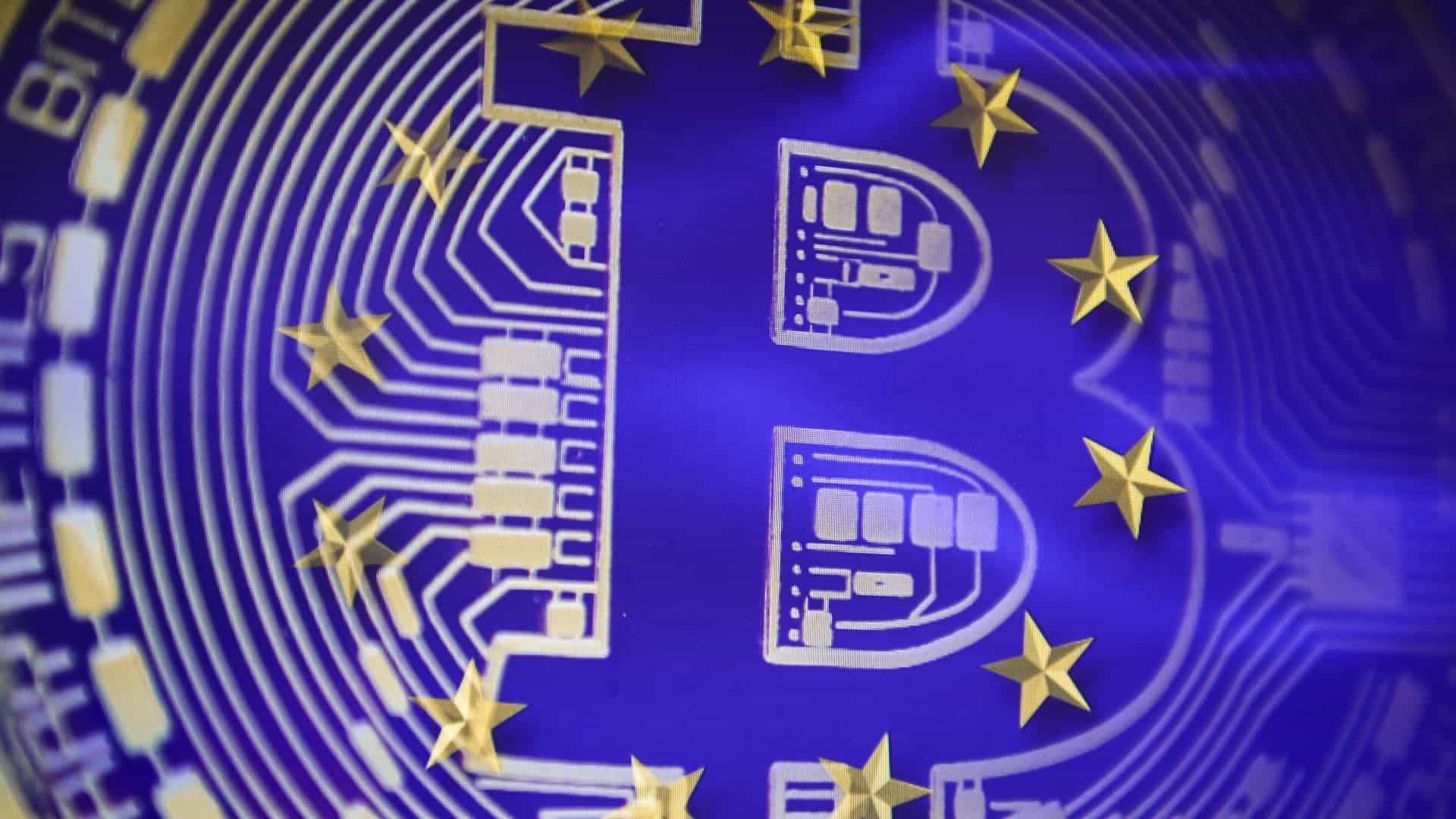
MICA: Paving the way for Europe to become a digital asset hub
2023-06-14 by
Hugues Marty
In the ever-evolving landscape of digital assets and cryptocurrencies, regulatory frameworks play a pivotal role in fostering innovation, protecting investors, and ensuring market stability. The European Union (EU), recognizing the need for comprehensive legislation, has introduced the Markets in Crypto-Assets Regulation (MICA). This groundbreaking initiative holds the potential to transform Europe into a leading global hub for digital assets, attracting investors and businesses alike. By combining regulatory clarity with investor protection, MICA aims to enhance market integrity, boost innovation, and establish Europe as a trusted and secure environment for digital asset activities.
MICA: The EU’s path to regulatory certainty
MICA, which was proposed by the European Commission in September 2020, seeks to establish a harmonized regulatory framework for crypto-assets within the EU. This legislation not only addresses existing digital assets such as cryptocurrencies but also encompasses novel financial instruments like security tokens. By introducing uniform rules and requirements across member states, MICA aims to eliminate regulatory fragmentation and foster a level playing field for market participants.
Embracing innovation while ensuring investor protection
One of the key strengths of MICA is its ability to strike a balance between promoting innovation and protecting investors. The proposed regulation recognizes the transformative potential of digital assets and aims to provide legal certainty to issuers, service providers, and investors. MICA’s comprehensive framework covers various aspects such as token issuance, custody, trading platforms, and service providers, ensuring that market participants operate within clear guidelines.
Julie Maupin, a senior fellow at the Centre for International Governance Innovation, highlights the importance of regulatory clarity, stating:
MICA offers an opportunity for Europe to leapfrog other jurisdictions by setting clear and predictable rules for the issuance and trading of crypto-assets. Regulatory certainty is crucial for fostering innovation and attracting investments.
Boosting investor confidence
Investor protection is a top priority within the MICA framework. The regulation introduces stringent rules to ensure transparent disclosures and investor safeguards. By requiring issuers to provide comprehensive and easily understandable information to potential investors, MICA aims to enhance market transparency and mitigate the risk of fraudulent activities.
Simon Taylor, a Co-founder of 11:FS, emphasizes the significance of investor protection measures, stating:
MICA’s focus on investor protection is critical for building trust in the digital asset market. Clear disclosure requirements and safeguards will encourage more traditional investors to participate, thereby increasing liquidity and market maturity.
Fostering market integrity and stability
MICA also addresses the need for robust market oversight and integrity. The proposed regulation introduces licensing requirements for crypto-asset service providers and imposes strict operational standards, including robust risk management and cybersecurity measures. By subjecting market participants to rigorous regulatory scrutiny, MICA aims to prevent money laundering, terrorist financing, and other illicit activities.
Paolo Ardoino, the CTO of Bitfinex, acknowledges the positive impact of MICA on market integrity, saying:
Enhancing regulatory oversight and implementing stringent operational standards will contribute to a safer and more trustworthy digital asset ecosystem. MICA can serve as a benchmark for other jurisdictions seeking to establish comprehensive crypto regulations.
Driving innovation and economic growth
MICA’s introduction is expected to stimulate innovation and drive economic growth in the European digital asset industry. By providing regulatory clarity and a secure environment, the legislation is likely to attract both domestic and international companies to establish operations within the EU. This influx of investment and talent has the potential to create a thriving ecosystem of digital asset businesses, further bolstering Europe’s position as a global hub.
Chris Dixon, a general partner at Andreessen Horowitz, highlights the significance of regulatory frameworks in driving innovation, explaining:
Clear regulatory guidelines encourage innovation by providing certainty to entrepreneurs and investors. MICA has the potential to unlock a wave of innovation and entrepreneurship in the European digital asset sector.
Looking ahead
The introduction of MICA heralds a new era for digital asset regulation in Europe. By providing legal clarity, investor protection, and robust oversight, the EU aims to position itself as a global hub for digital assets. MICA’s harmonized framework eliminates regulatory fragmentation and fosters an environment conducive to innovation, while ensuring market integrity and investor confidence. With the implementation of MICA, Europe has the opportunity to attract investment, talent, and drive economic growth in the digital asset industry, solidifying its position as a leading player in the global crypto landscape.